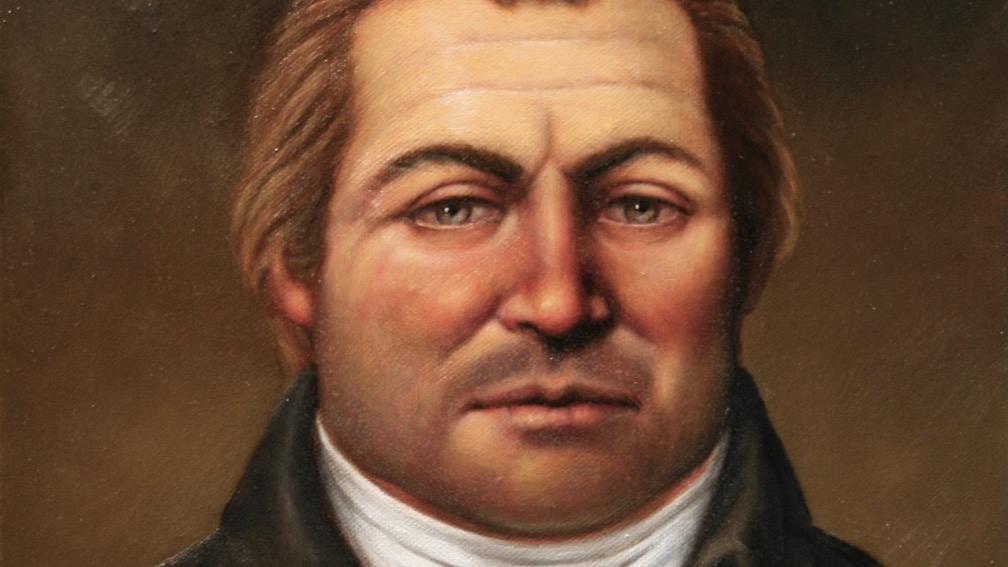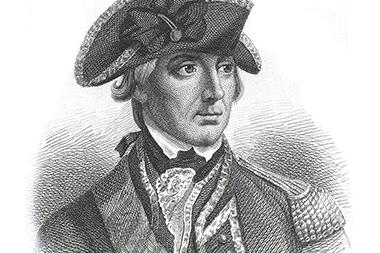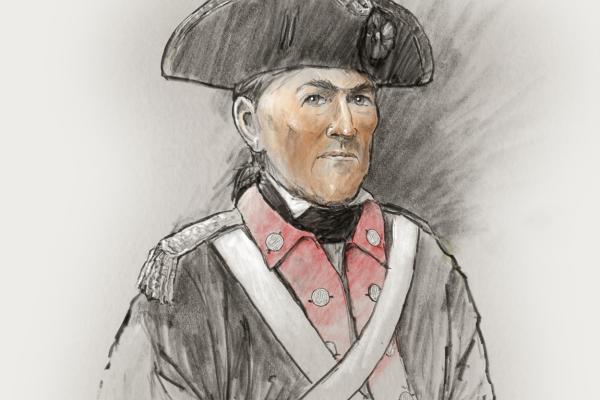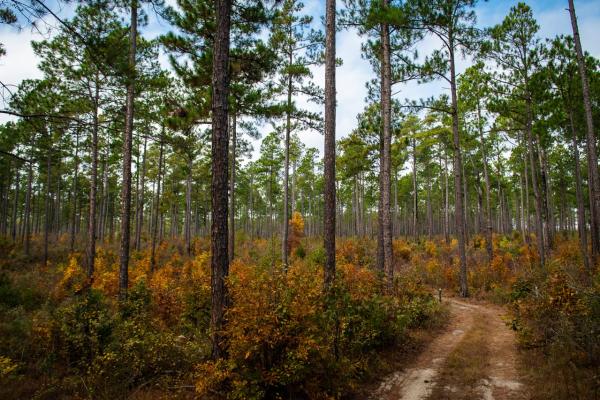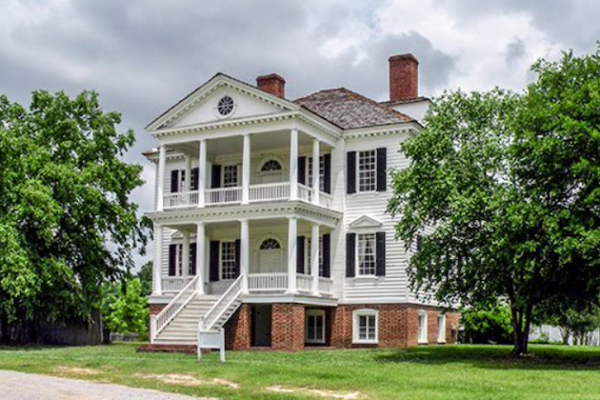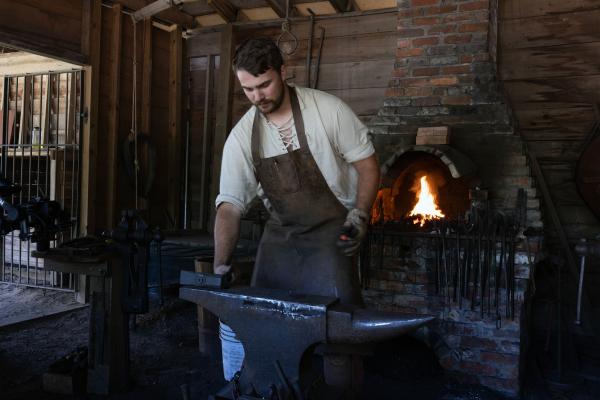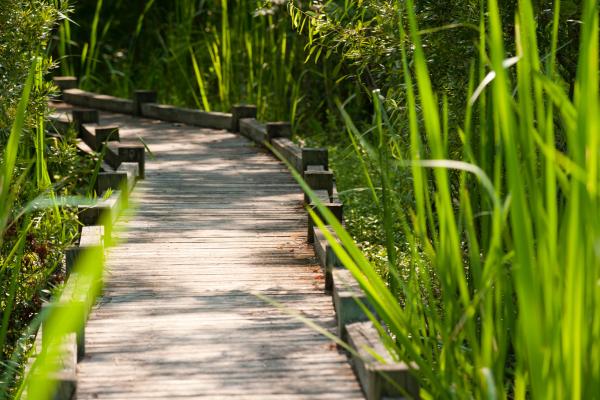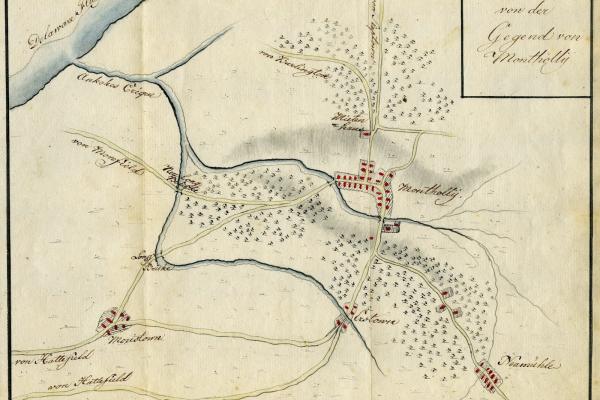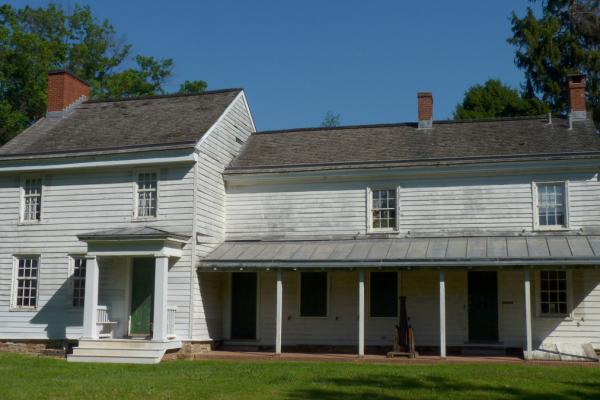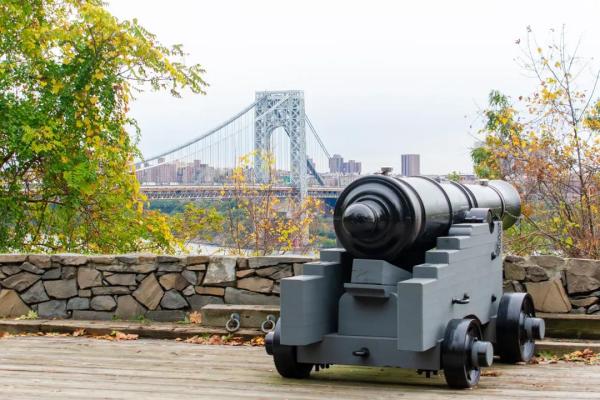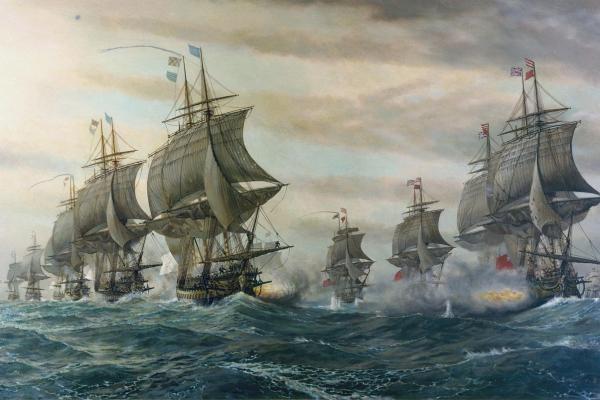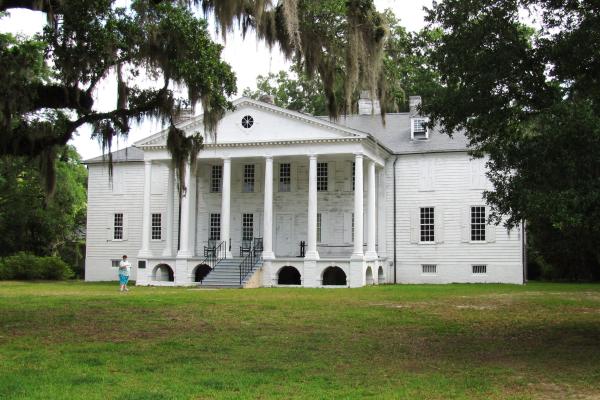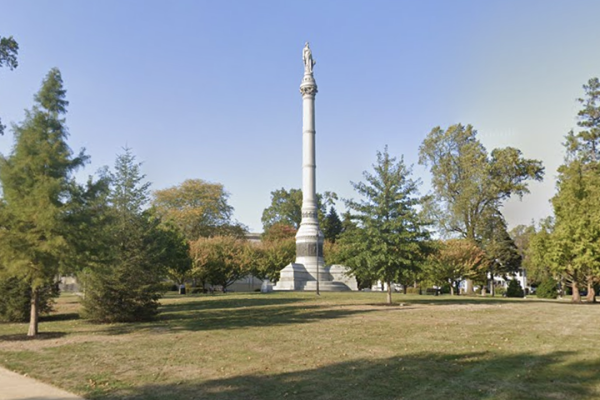The commander-in-chief of British forces in North America, Howe is now known for his failure to quell the revolution in the colonies during its early years and return loyalty to the British crown.
A Loyalist and Massachusetts governor, Hutchinson supported British policies that fueled colonial unrest, such as the Stamp and Tea Acts, leading to events like the Boston Massacre and Boston Tea Party.
Robert Kirkwood served at major battles of the Revolution, including Monmouth, Camden, and Cowpens, where Kirkwood led his Delawareans to play a decisive role in Daniel Morgan’s victory. Kirkwood went on to lead his men at Guilford Courthouse, Hobkirk Hill, Ninety-Six, and Eutaw Springs.
A self-educated bookseller and artillery expert, Knox led artillery efforts that forced the British to evacuate Boston and later serving as a trusted officer under General Washington and the first U.S. Secretary of War.
Uncovering History
We invite you to visit the preserved locations along the Liberty Trail and to immerse
yourself in the extraordinary events that determined the fate of a nation.
